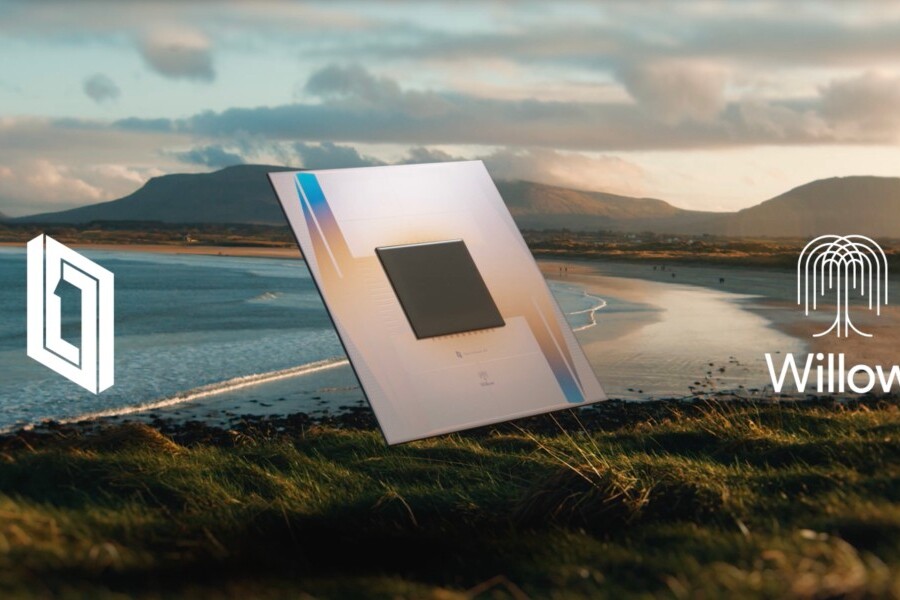
In a developing story that has the tech world buzzing, Google and Nvidia are presenting conflicting timelines for the arrival of practical quantum computing. While Nvidia CEO Jensen Huang claims that useful applications of the technology are still 20 years away, Google’s head of quantum computing, Hartmut Neven, has a much shorter prediction—just five years.
Quantum computing, often described as the future of technology, promises to revolutionize industries by solving problems that are impossible for classical computers. The debate centers around a key issue: qubits. Unlike traditional bits that are either 0 or 1, qubits can exist in multiple states at once, thanks to quantum mechanics. This superposition allows quantum computers to process vast amounts of data simultaneously. However, qubits are notoriously unstable and prone to errors.
According to Huang, the biggest obstacle to quantum computing is the sheer number of qubits needed. He believes that current systems are short by five to six orders of magnitude. More qubits mean fewer errors, but achieving this scale is a daunting challenge. When a single qubit fails, it can disrupt an entire calculation. Huang’s skepticism stems from the current state of error rates in quantum systems, which he argues will take decades to overcome.
Google, however, has been making strides in error correction. Neven pointed to the company’s Willow quantum chip as evidence. Last year, Google demonstrated that clustering multiple physical qubits together to form “mega qubits,” it could reduce errors significantly. These clusters create redundancy, meaning that if one qubit fails, others can compensate. The more qubits in the system, the better the chances of getting accurate results.
This redundancy approach echoes a problem faced by early classical computers. In the mid-20th century, machines like ENIAC used thousands of vacuum tubes, which frequently failed and caused errors. The solution back then was to replace vacuum tubes with transistors, which were far more reliable. Unfortunately, quantum systems can’t be fixed in the same way because qubits are governed by the laws of quantum mechanics. Researchers can’t simply build qubits out of more stable materials; they have to find ways to work with the inherent instability.
Neven’s optimism about achieving quantum breakthroughs within five years has raised eyebrows. Some industry insiders wonder if Google is exaggerating its progress to maintain investor confidence, especially after Huang’s comments reportedly caused an $8 billion drop in quantum computing-related stocks. Still, Google insists that it is on the cusp of a major technological leap.
The stakes in this debate are enormous. Quantum computing has the potential to transform numerous sectors. Google has identified several key areas where the technology could have an immediate impact: developing better batteries for electric vehicles, accelerating drug discovery, and creating new forms of sustainable energy. These projects could revolutionize industries, but only if the technical hurdles can be cleared shortly.
Nvidia’s caution is shared by many experts who emphasize the complexity of quantum error correction. Achieving the level of reliability needed for real-world applications will require vast resources, technological breakthroughs, and perhaps most critically, time. Huang’s prediction of a 20-year timeline is based on these significant challenges.
In contrast, Neven’s confidence may stem from Google’s aggressive investments in quantum research. The company has built one of the world’s leading quantum labs and attracted top talent to accelerate development. Google’s ongoing work with mega qubits has shown promise, but the race to scalable, fault-tolerant quantum computing remains highly competitive.
Other players in the quantum space, including IBM and Microsoft, are also pursuing ambitious research agendas. Governments and academic institutions are increasing funding for quantum initiatives, recognizing the potential economic and strategic advantages of mastering the technology. Collaboration between the public and private sectors is becoming increasingly common as nations compete for leadership in this emerging field.
For now, the question of who is right—Google or Nvidia—remains unanswered. The reality may lie somewhere in between. While five years may seem overly optimistic, 20 years might be too conservative given recent advancements. The timeline for quantum computing’s practical applications will likely depend on how quickly researchers can improve qubit stability and scalability.
As the debate unfolds, one thing is clear: quantum computing is no longer a distant dream. Progress is happening, and the next few years will be crucial. Whether the breakthrough comes in five, ten, or twenty years, the impact on technology, science, and industry will be profound.
In the meantime, researchers are pushing forward with experiments and prototypes. Every milestone, from improved error correction to new hardware designs, brings the field closer to its goal. Companies like Google and Nvidia are not just competitors but also key contributors to the advancement of quantum science.
The future of quantum computing remains uncertain, but one thing is for sure: it’s a race worth watching.
Angela Rogers